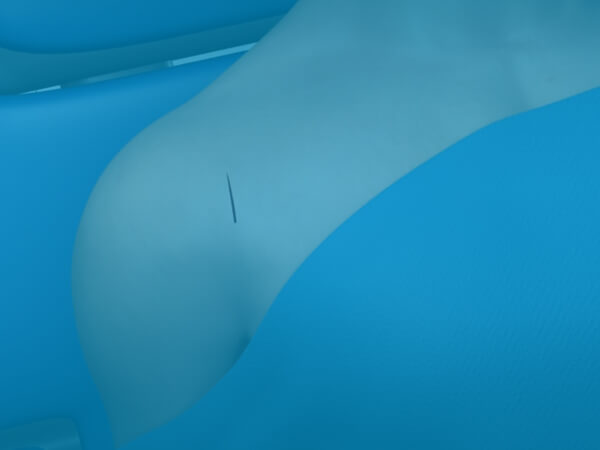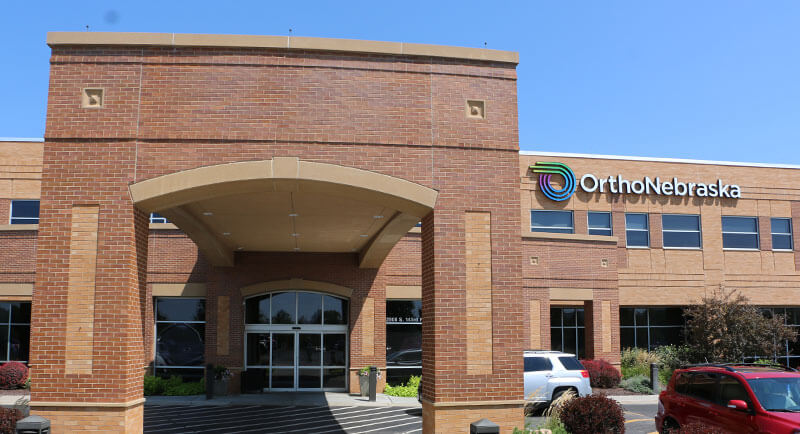What is Latarjet Shoulder Surgery?
Latarjet shoulder surgery involves adding additional bone to the shoulder socket to prevent the head of the humerus from slipping out easily. The bone is taken from the shoulder blade and moved forward to the front of the shoulder socket and secured with screws.
Who should have a Latarjet Shoulder Surgery?
People who have chronic shoulder instability, or have had multiple severe shoulder dislocations, are the best candidates for this procedure. This procedure his for those with anterior shoulder stability, or the shoulder slipping out to the front of the body. Typically, but not always, people with these conditions have worn away at least 25 percent of their shoulder socket. Or, they may have additional cartilage or ligament issues that merit this procedure. As with any surgical procedure, non-surgical treatments should generally be tried first to see if they are effective. Imaging and personal history are addition factors to consider.
How well does Latarjet Surgery Work?
This procedure was initially done in 1954 and has undergone several modifications in technique since then. While newer than many orthopedic procedures, it considered a well-established surgery with good long-term outcomes, according to several studies. As with almost any orthopedic procedure, there is a small risk of infection or the need for a revision. However, after successful surgery, re-dislocation rates are estimated to be low at around 5 percent, so most people will find that surgery effectively restores their shoulder stability.
What can I expect when I get a Latarjet Surgery?
You will need a pre-surgical physical to make any necessary accommodations based on your health history, and may need additional appointments with your cardiologist or pulmonologist if you have conditions that would impact this surgery. When you arrive at the hospital, you’ll speak to your surgeon and anesthesiologist about the specifics of your surgical case.
You will leave the hospital the same day, but will need someone to drive you home. You’ll be able to function more or less as normal except for your immobilized arm after the anesthesia wears off. You can expect to be in your sling for six weeks or a little bit longer, and you’ll typically start therapy two weeks after your surgery.
Time off from work depends heavily on your vocation. The operative shoulder will not be considered clear for all activity, or closer to normal, for about 12 weeks, depending on the individual.





